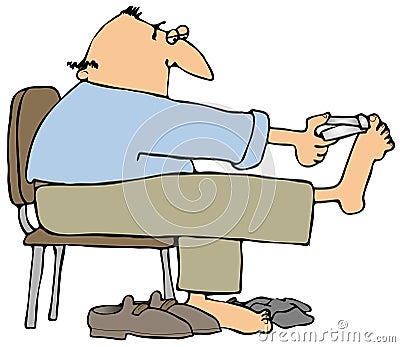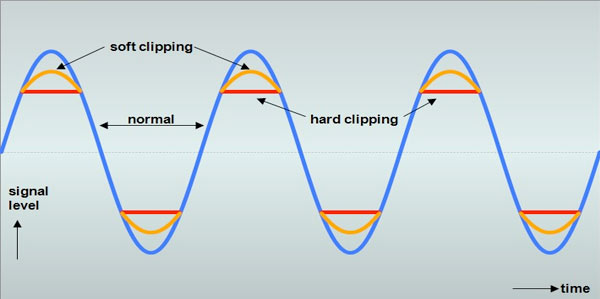lakegville
Active Member
I hear this term used quite often and i know it is not good. I have experienced some receivers go into "protect" mode as volume is turned up.....is this clipping? I have also had a few speakers make an awful sound much like a turntable needle being dragged across a record when too much volume is administered. This would not be a forming of clipping would it? I guess what i am asking for is kind of a "clipping for dummies" brief summery....what exactly is it? what causes it? how to keep it from occurring? (since i have read where it can be destructive). Maybe it is something that only happens with power amps? Thanks in advance.




